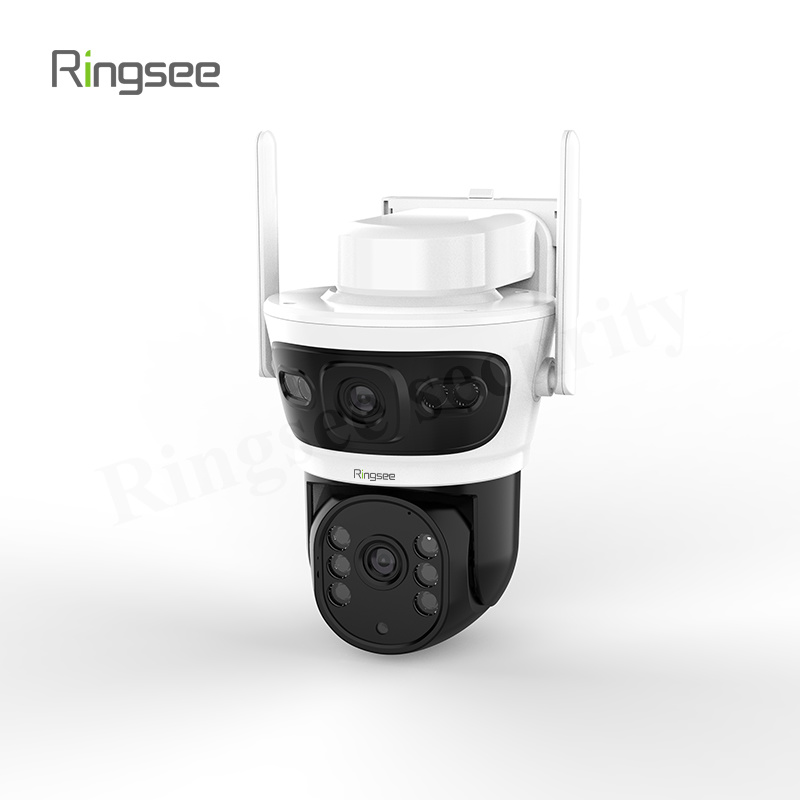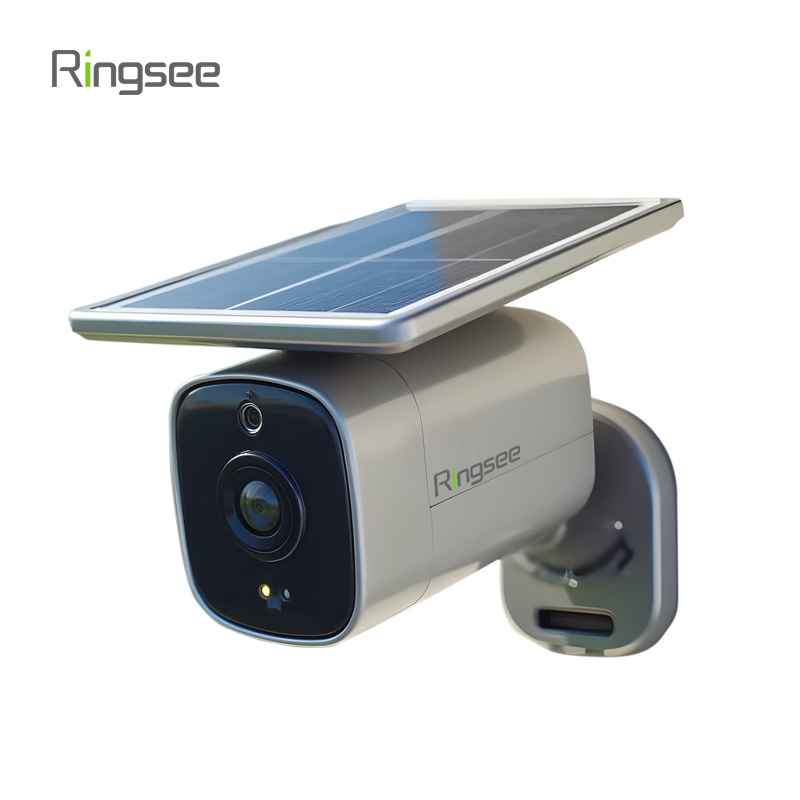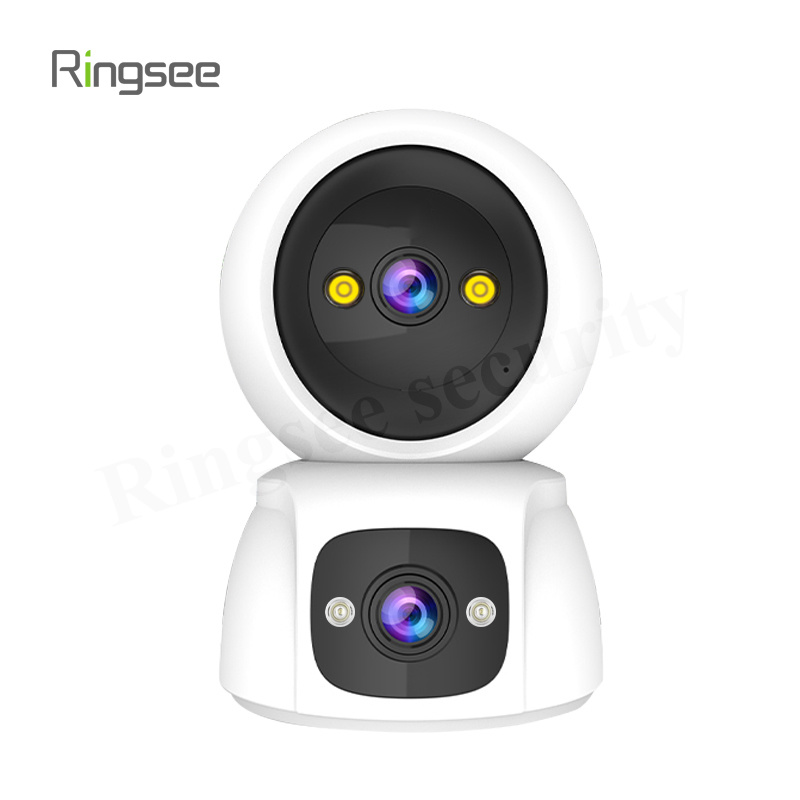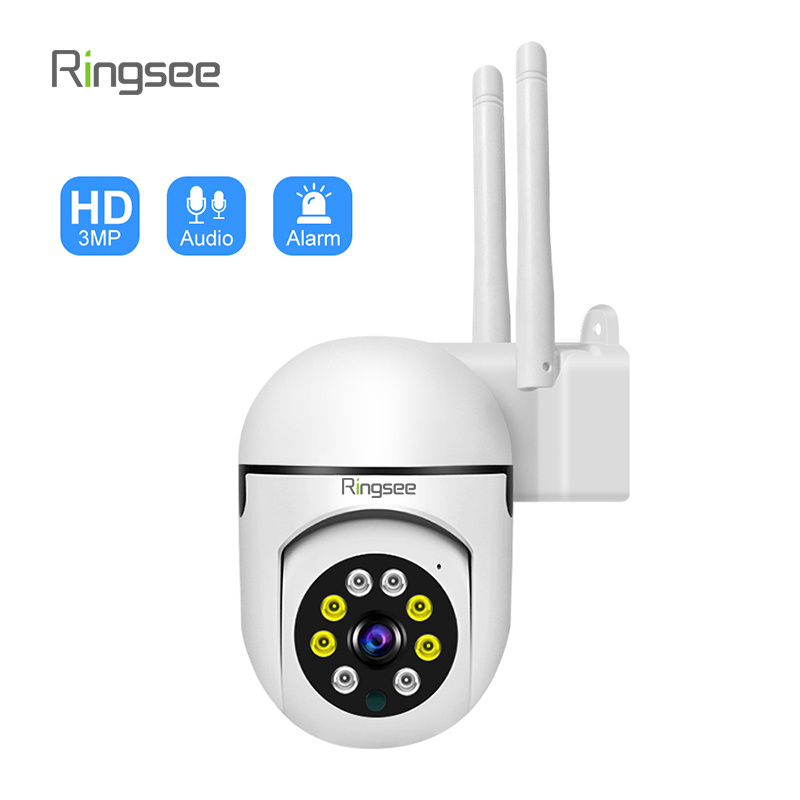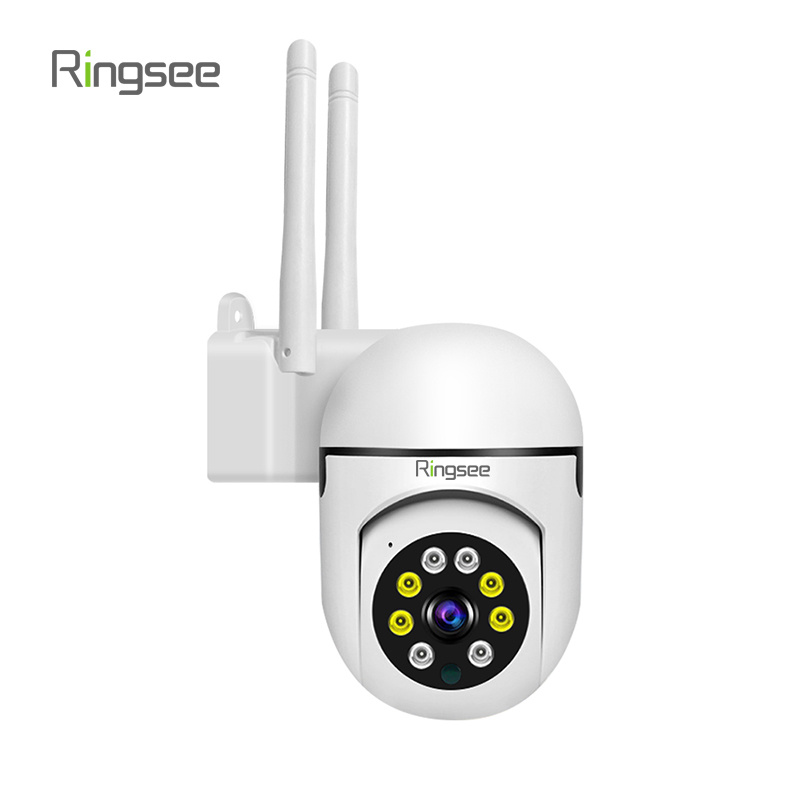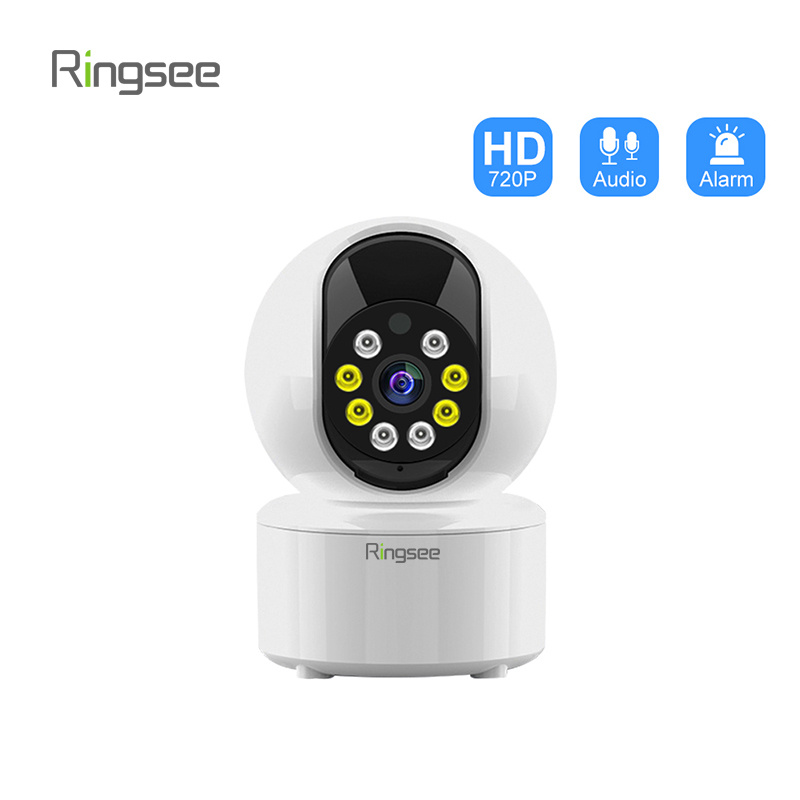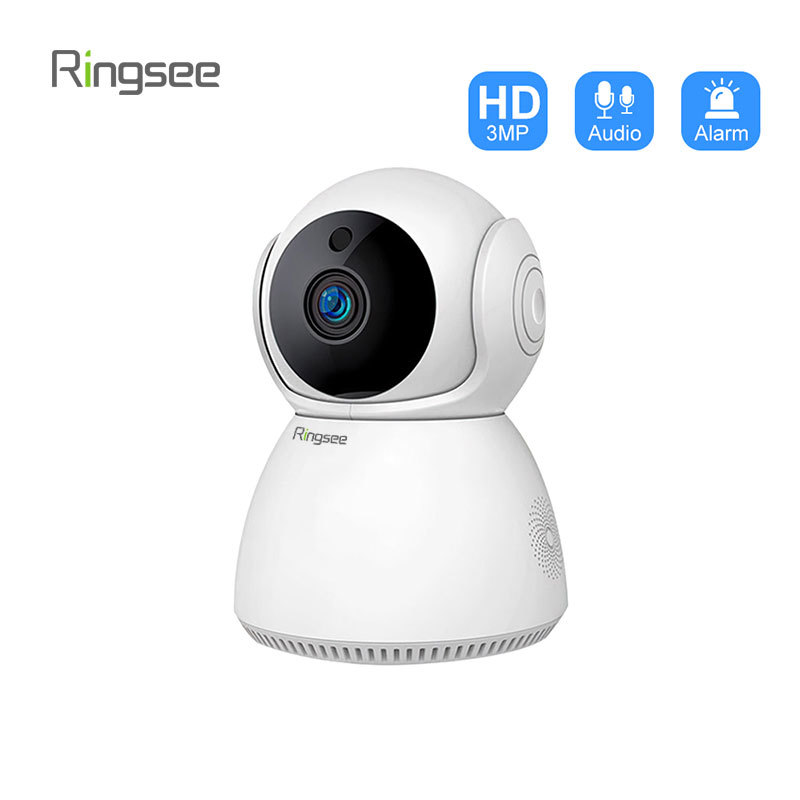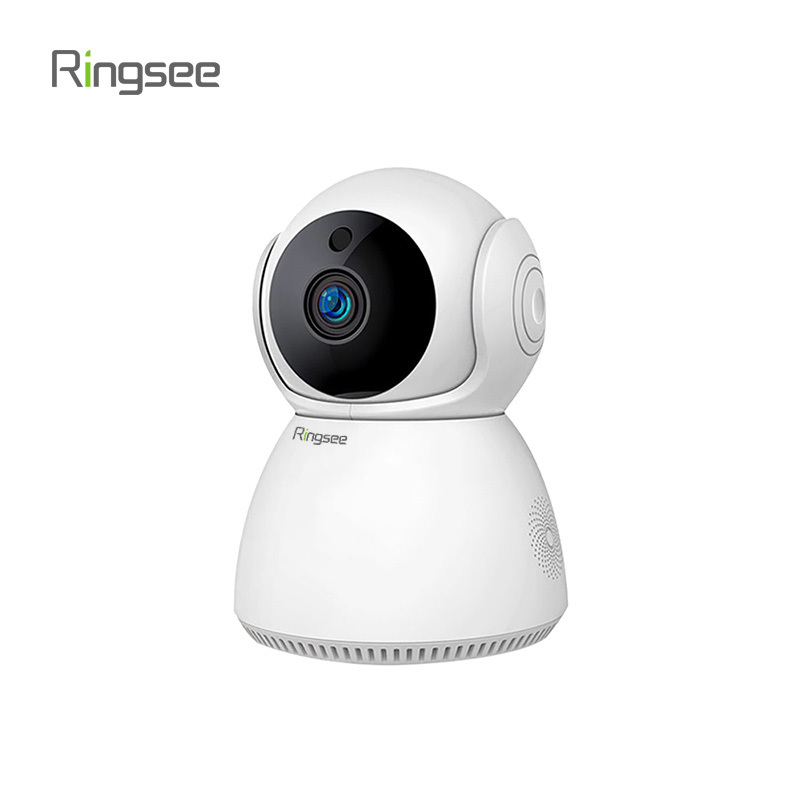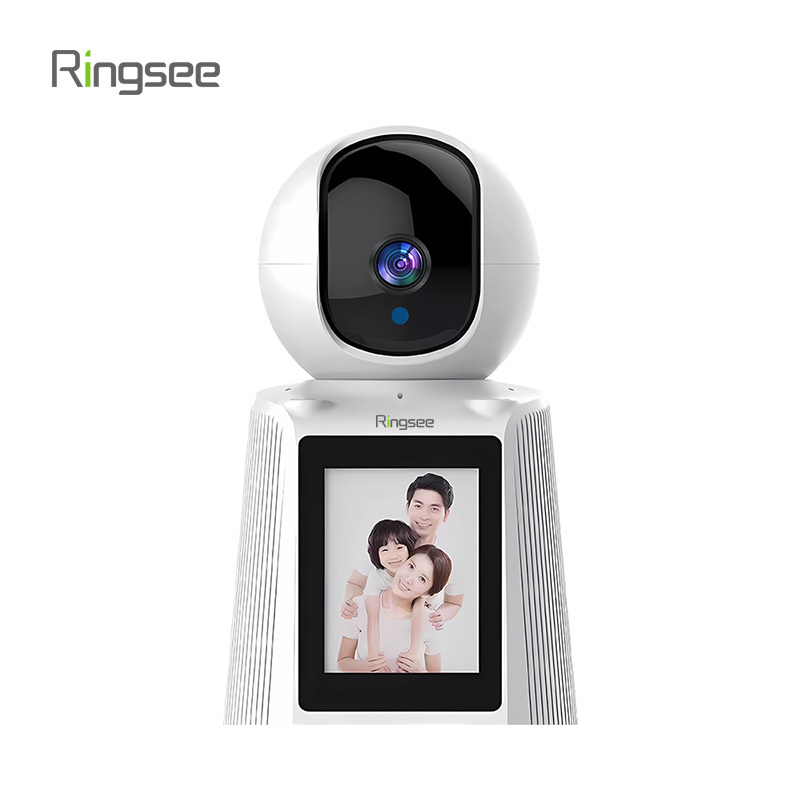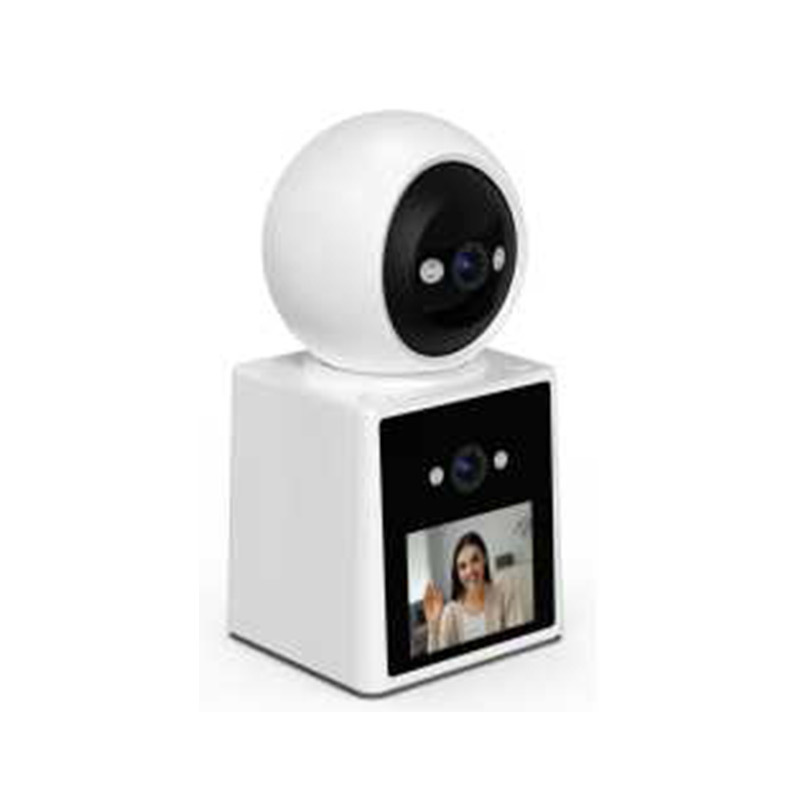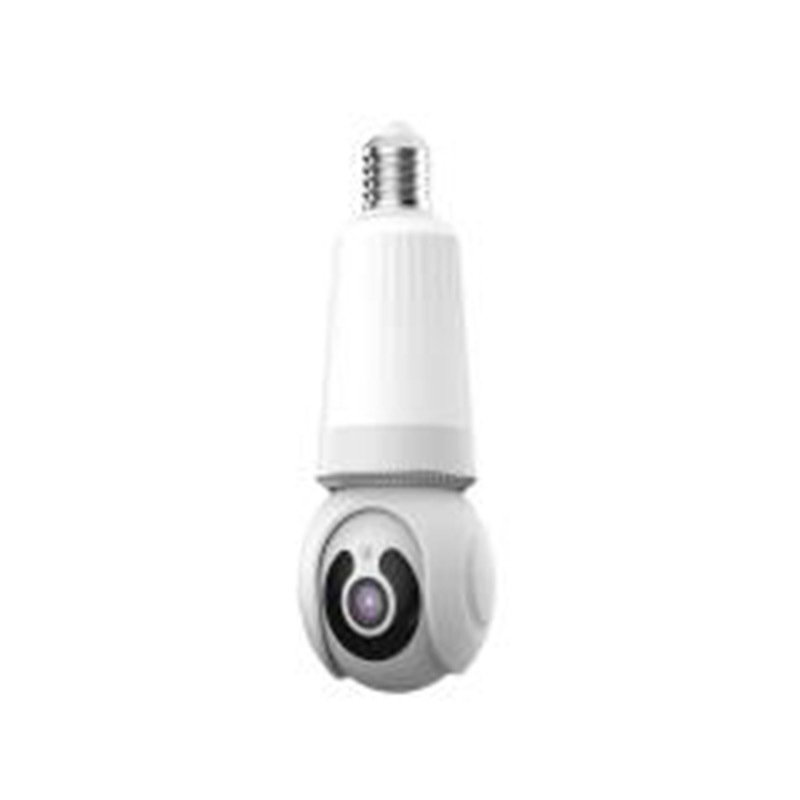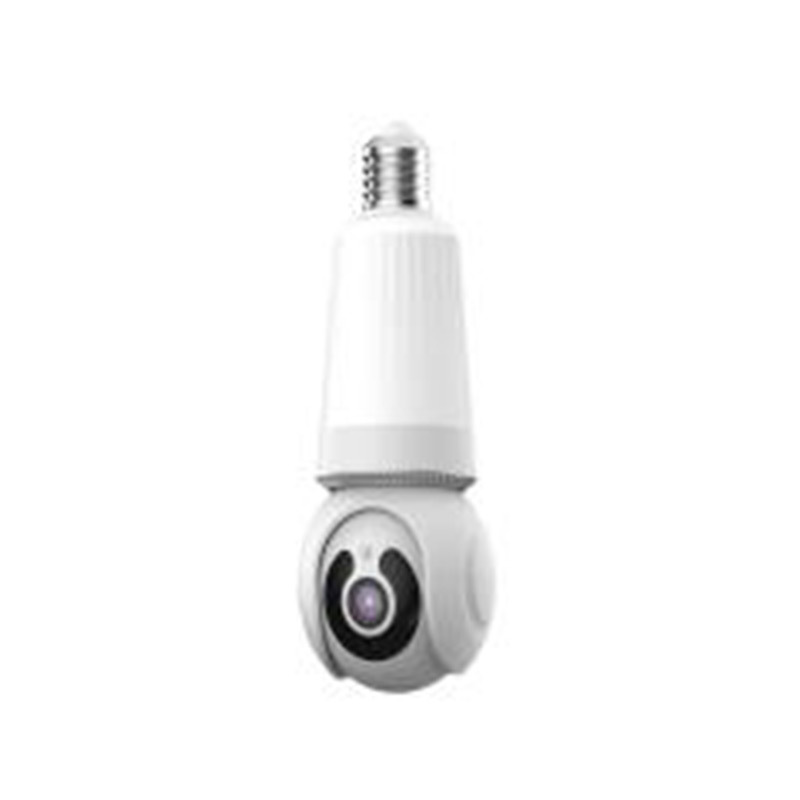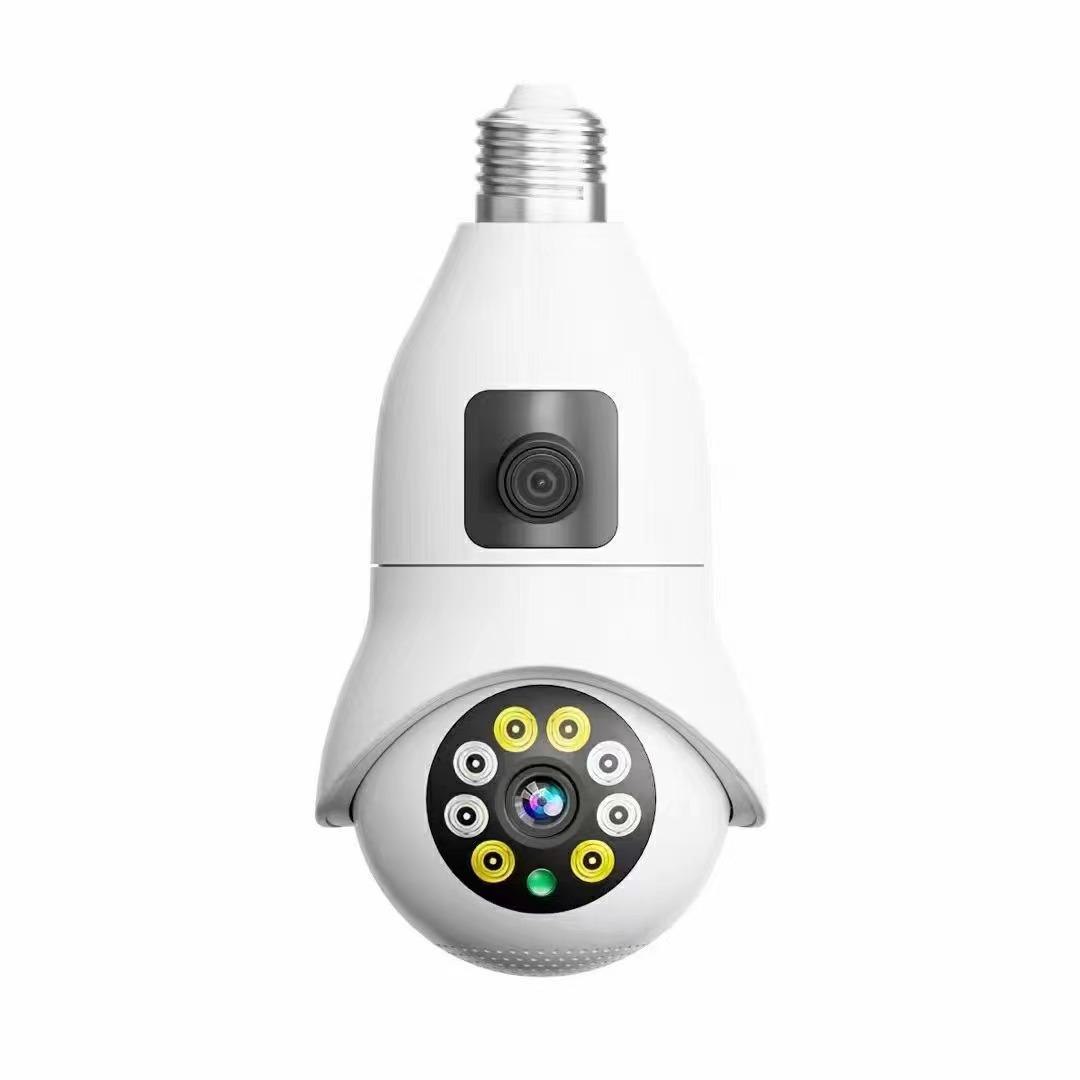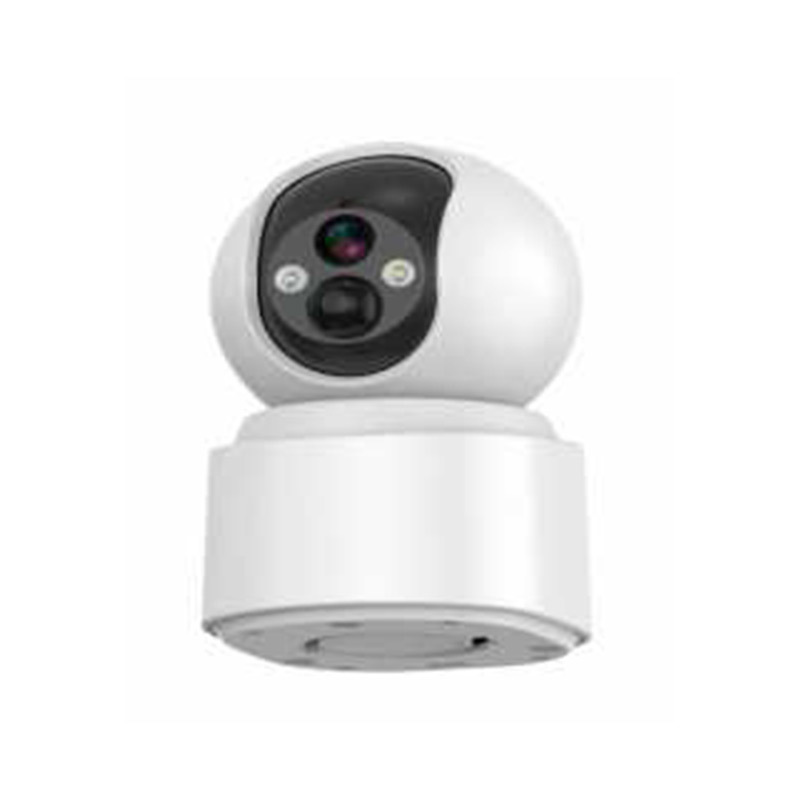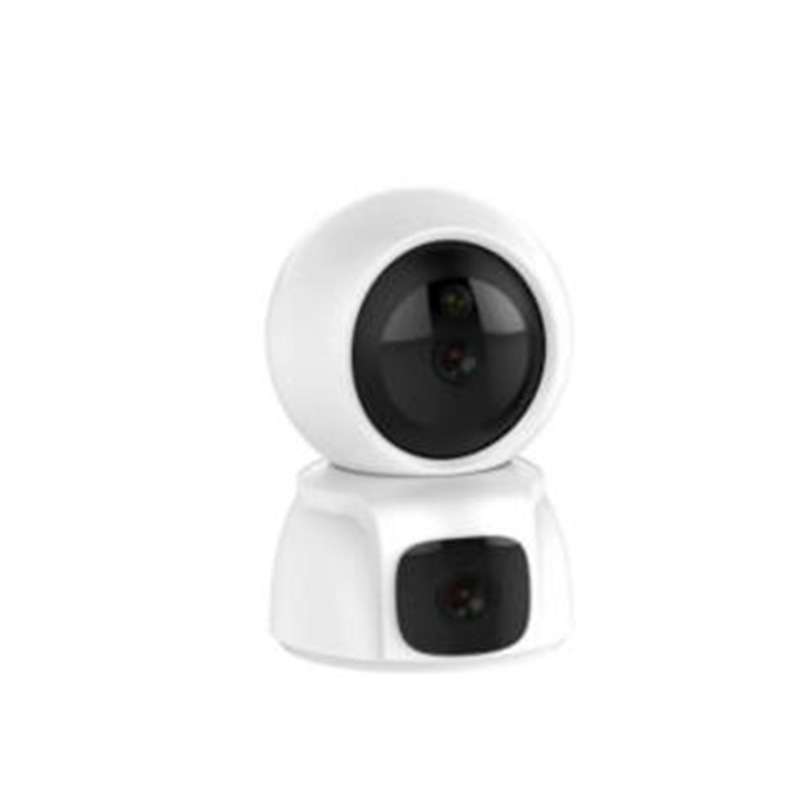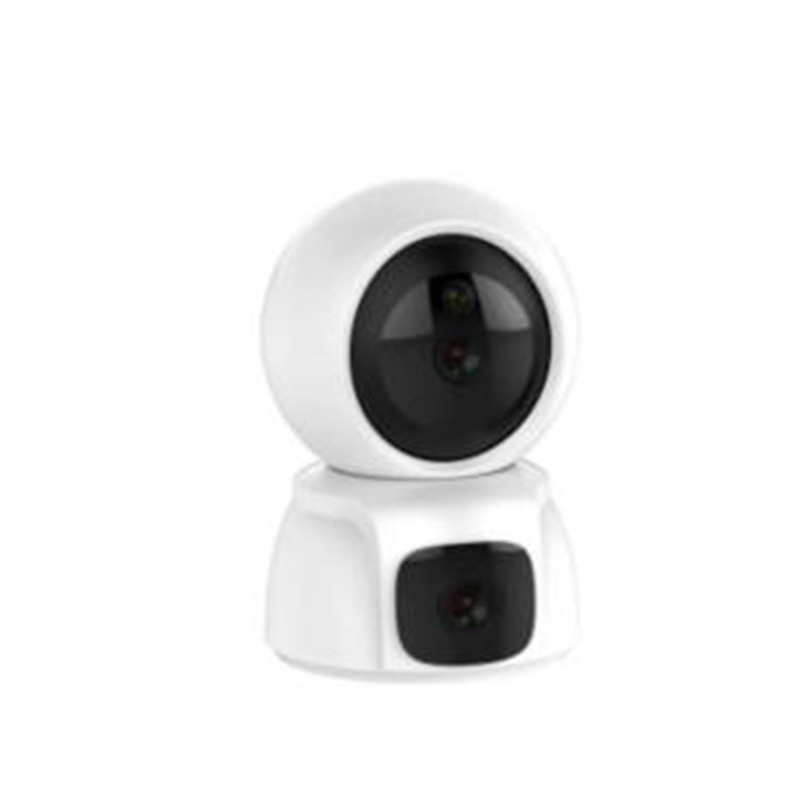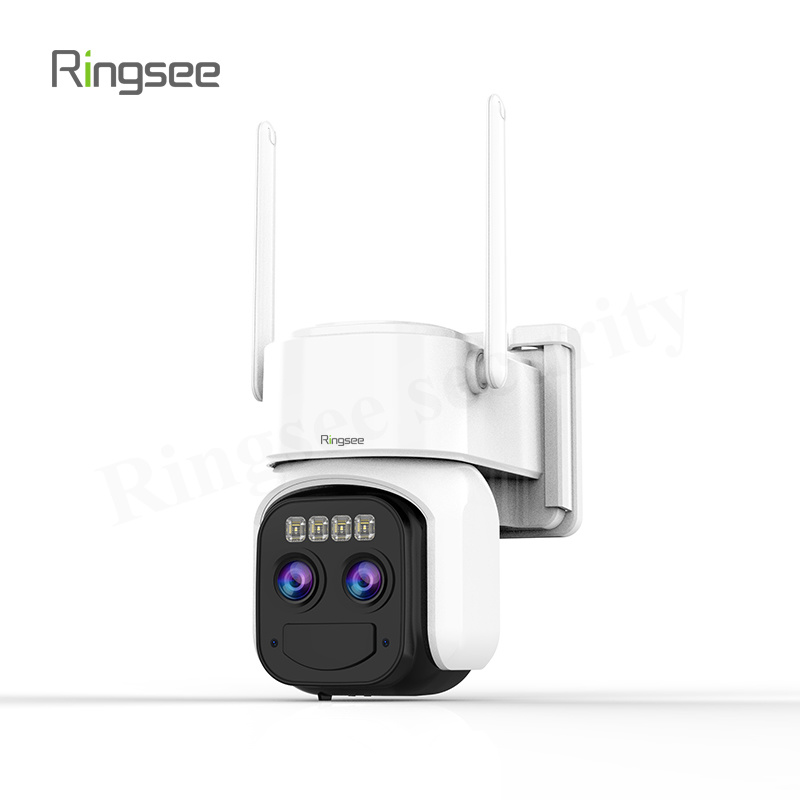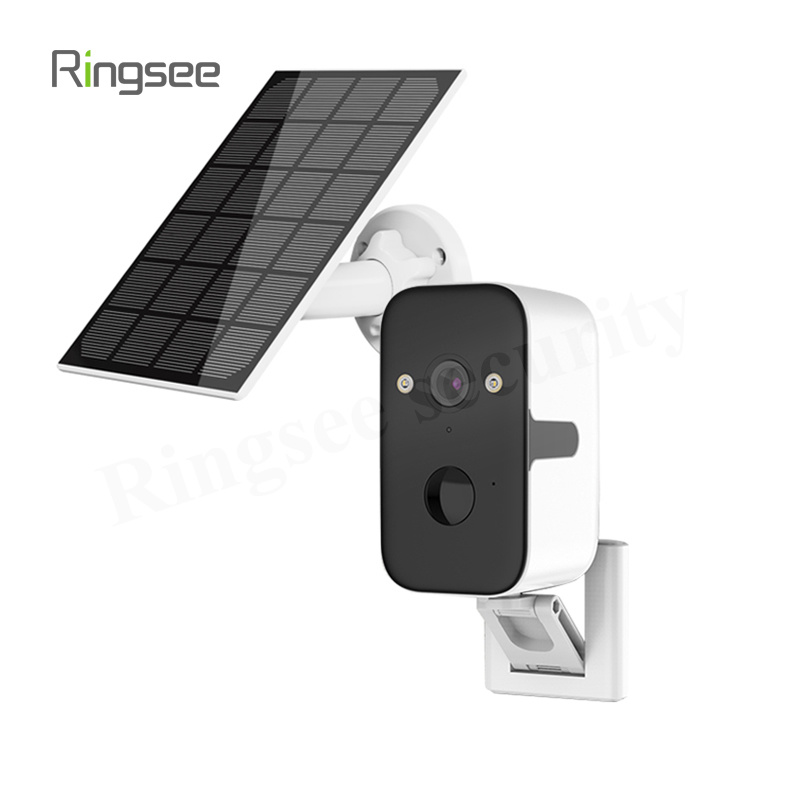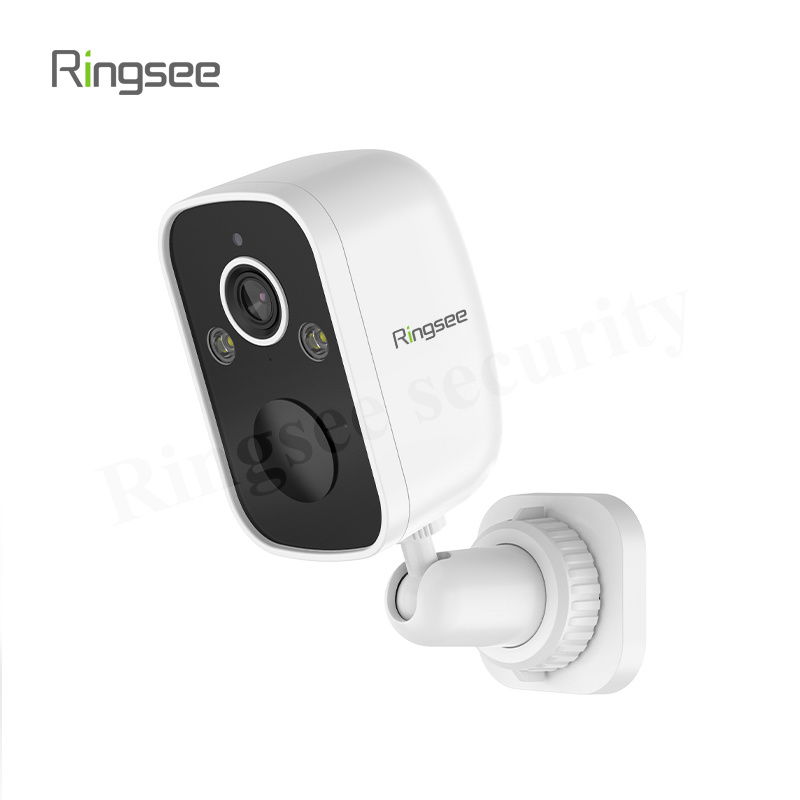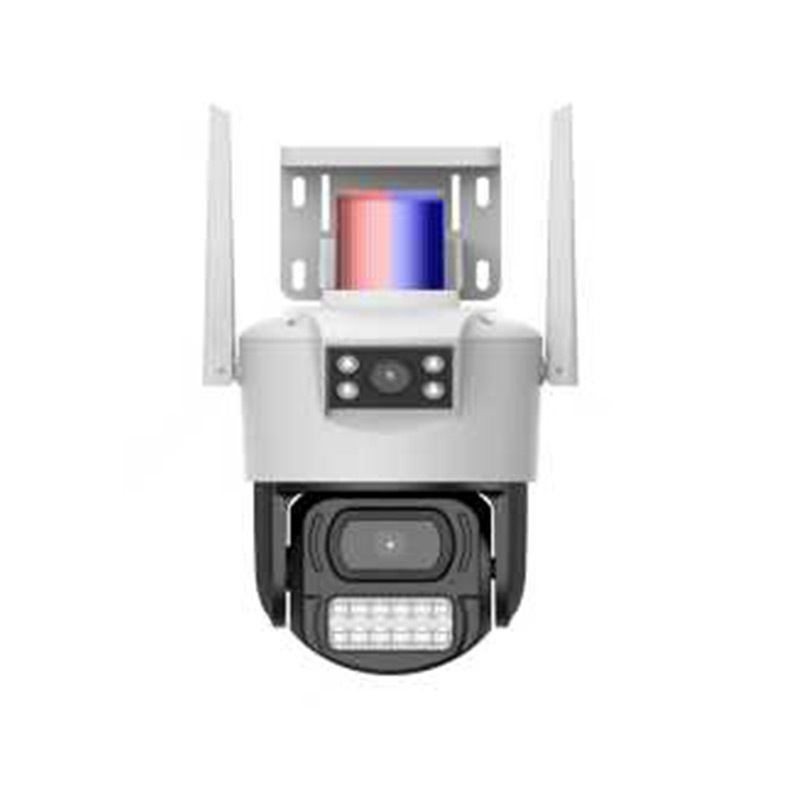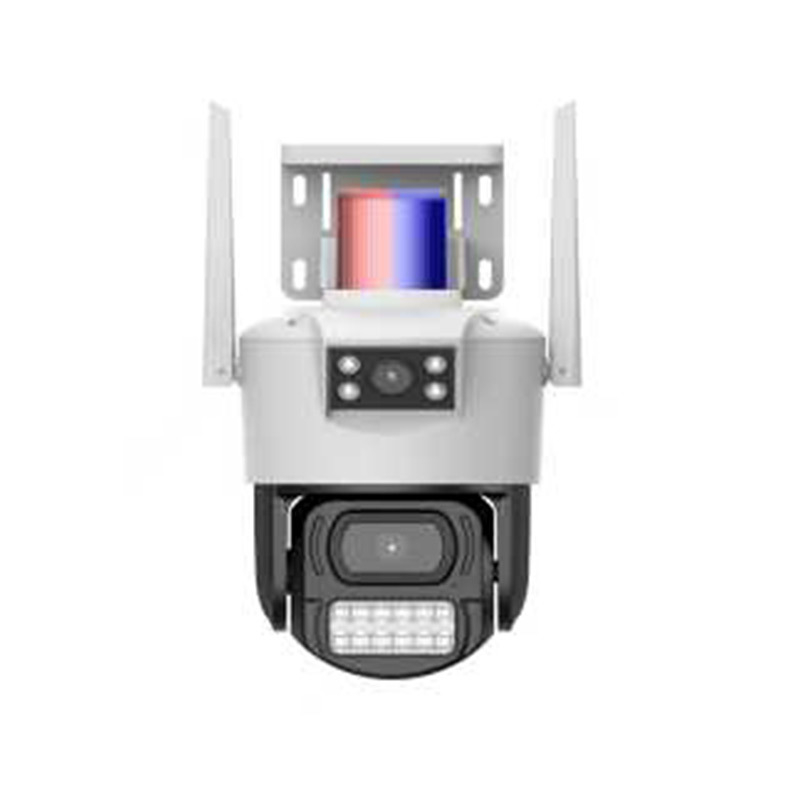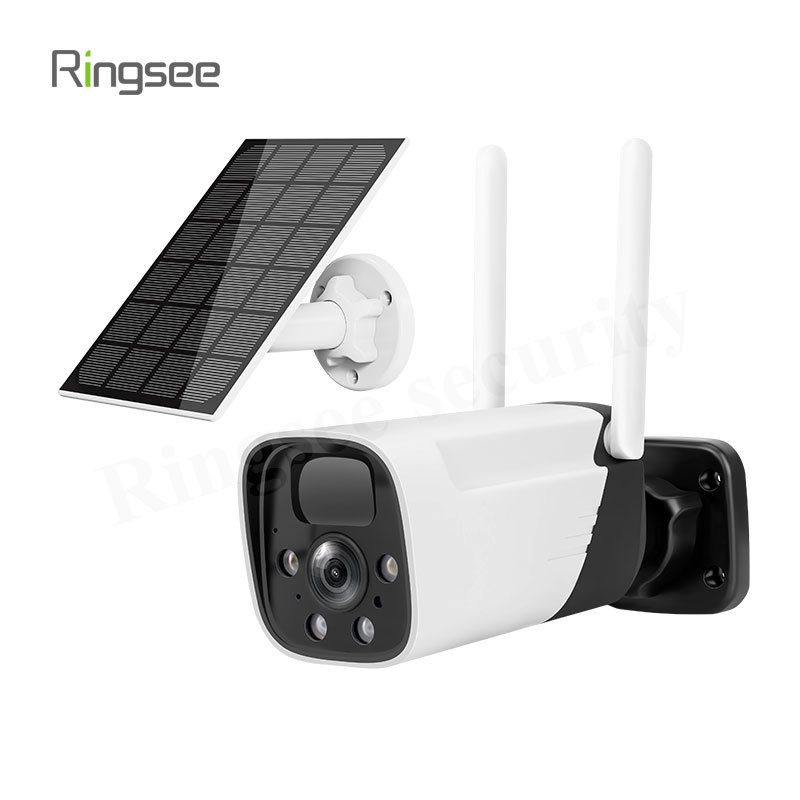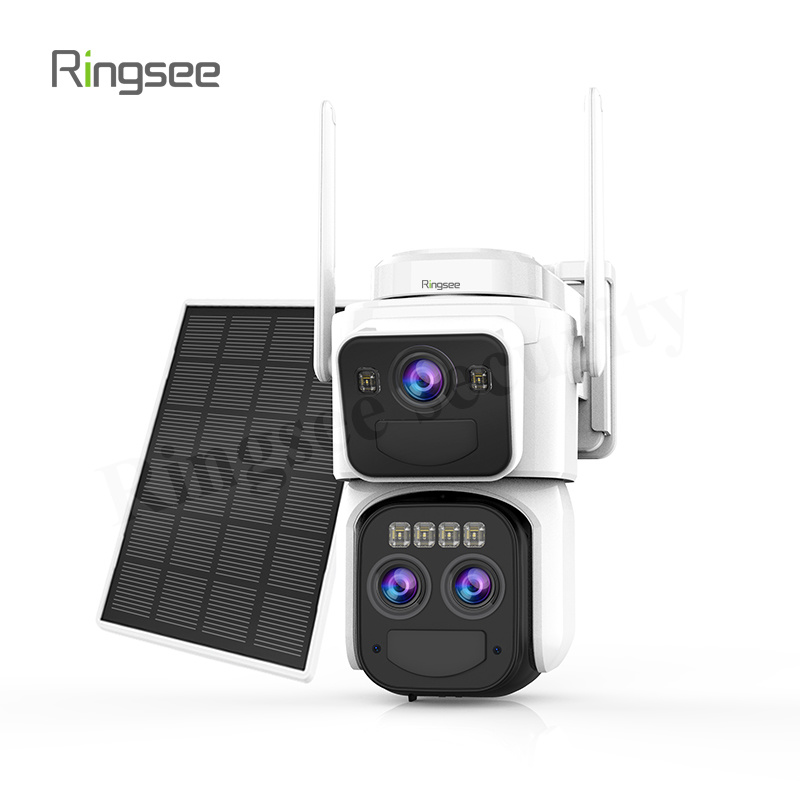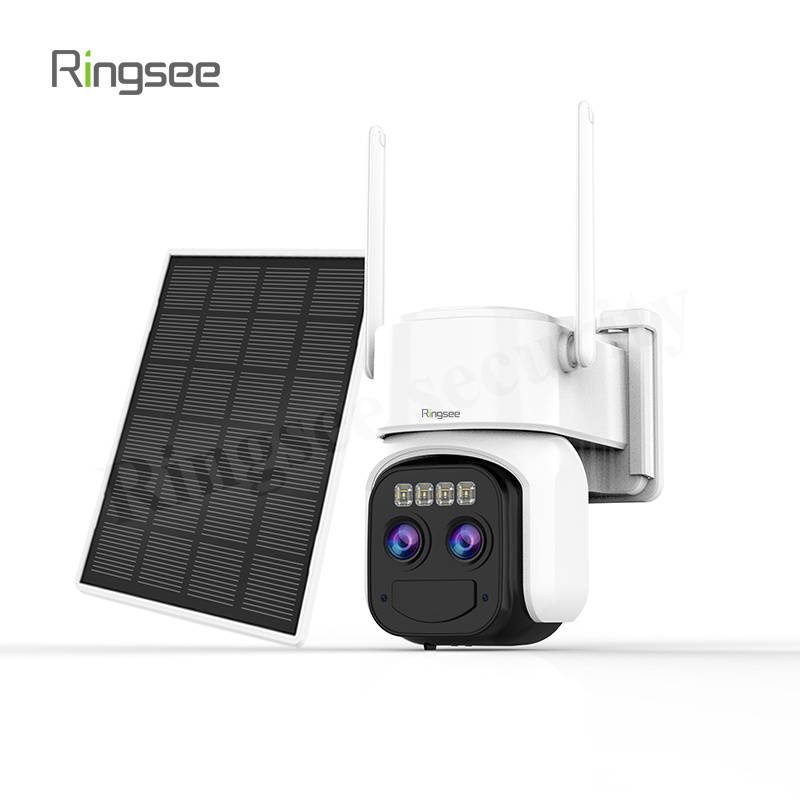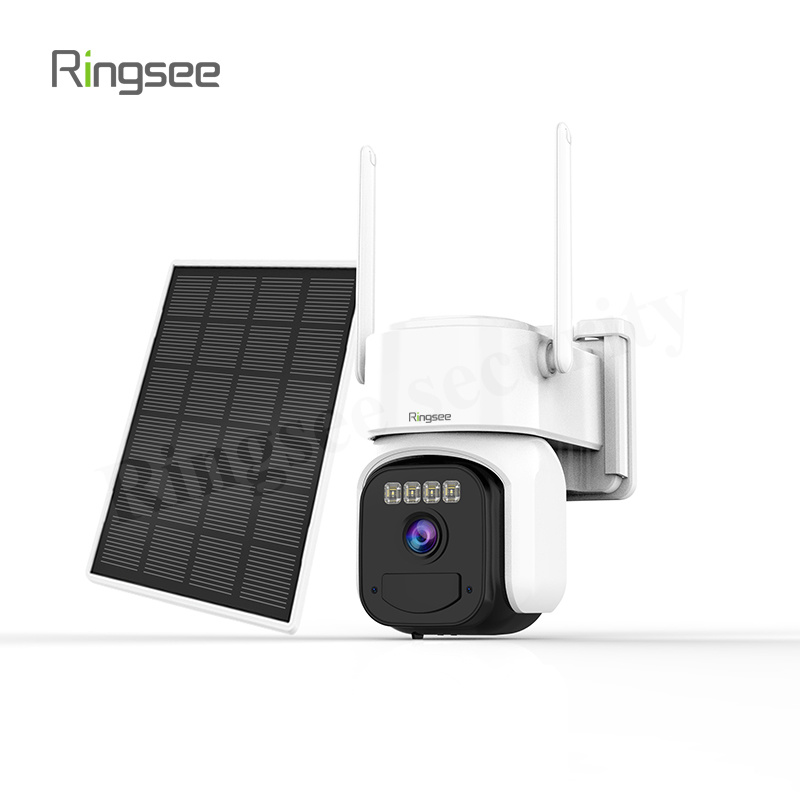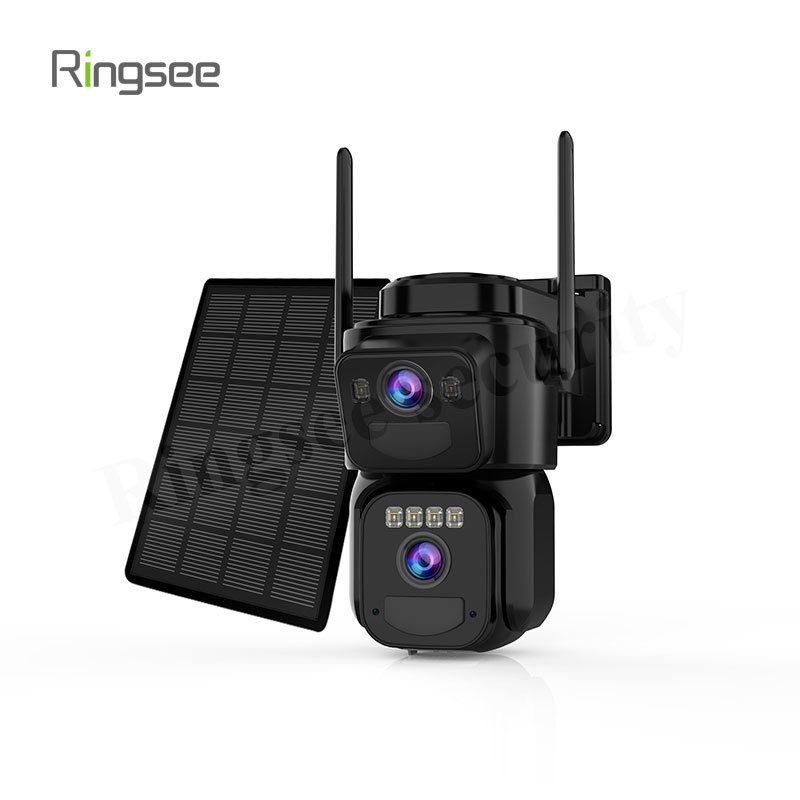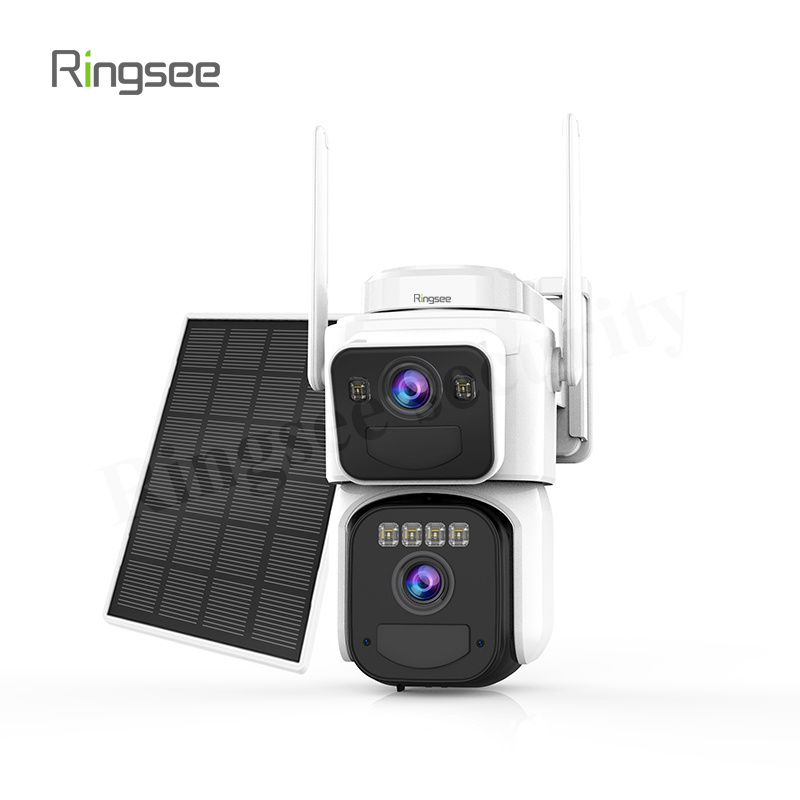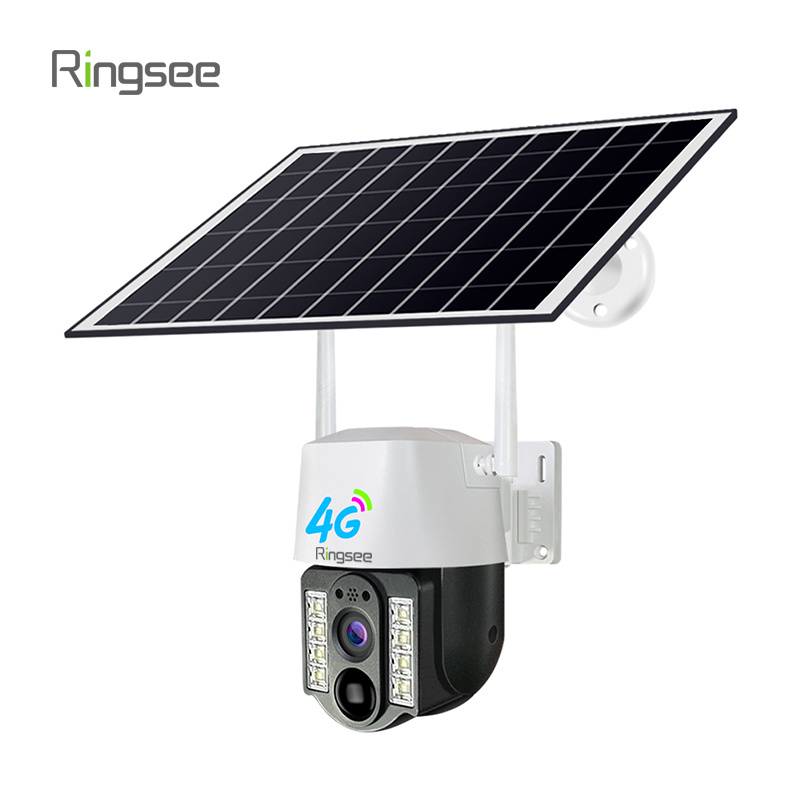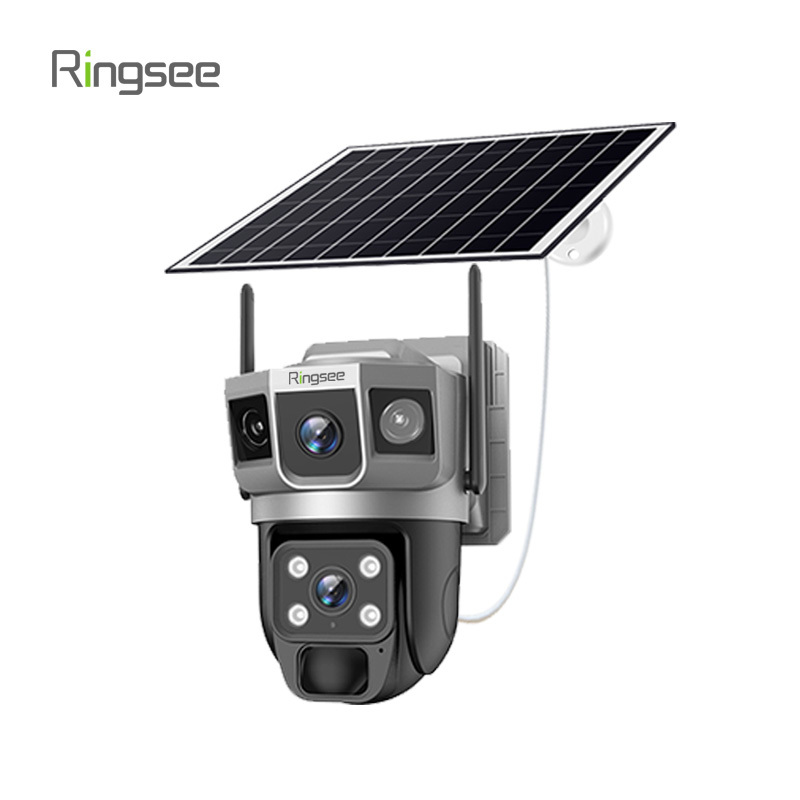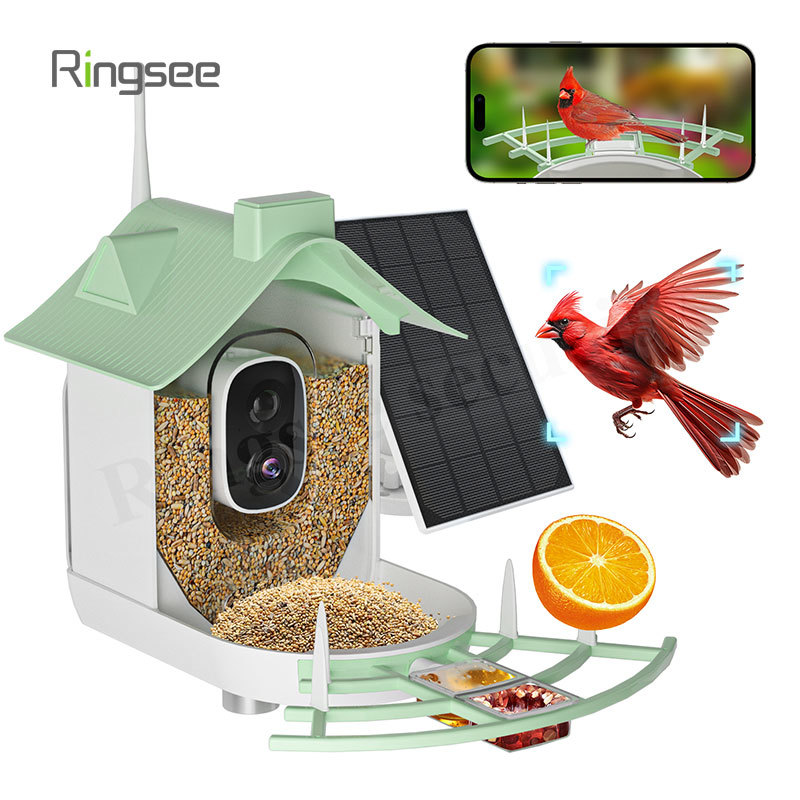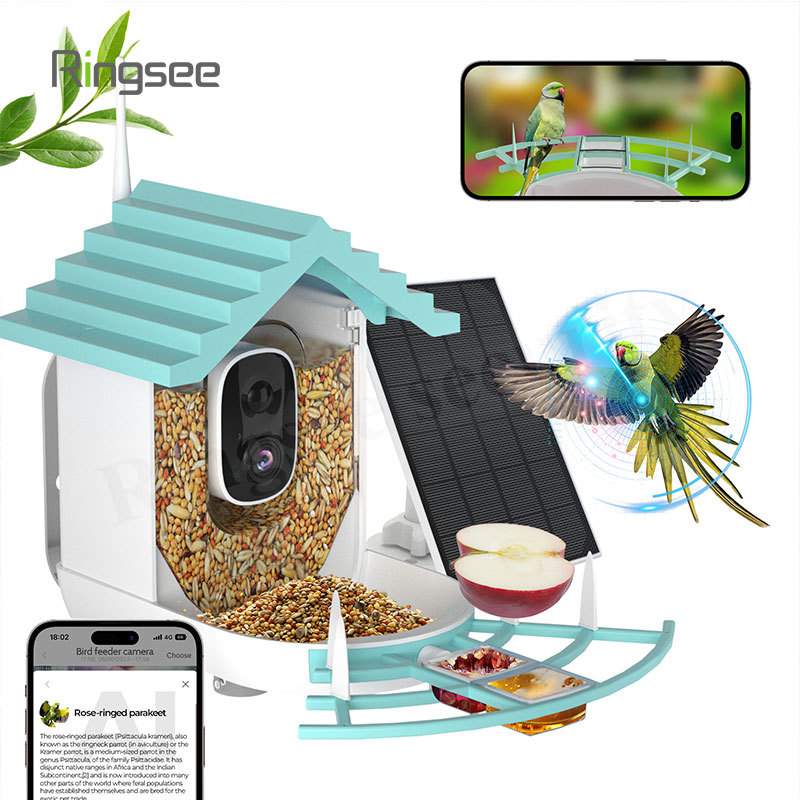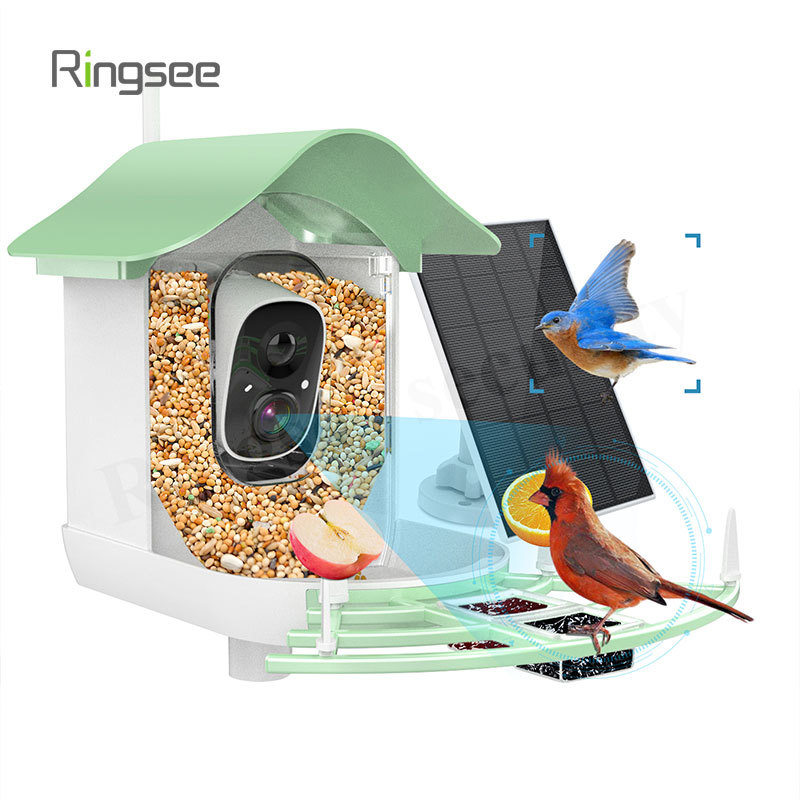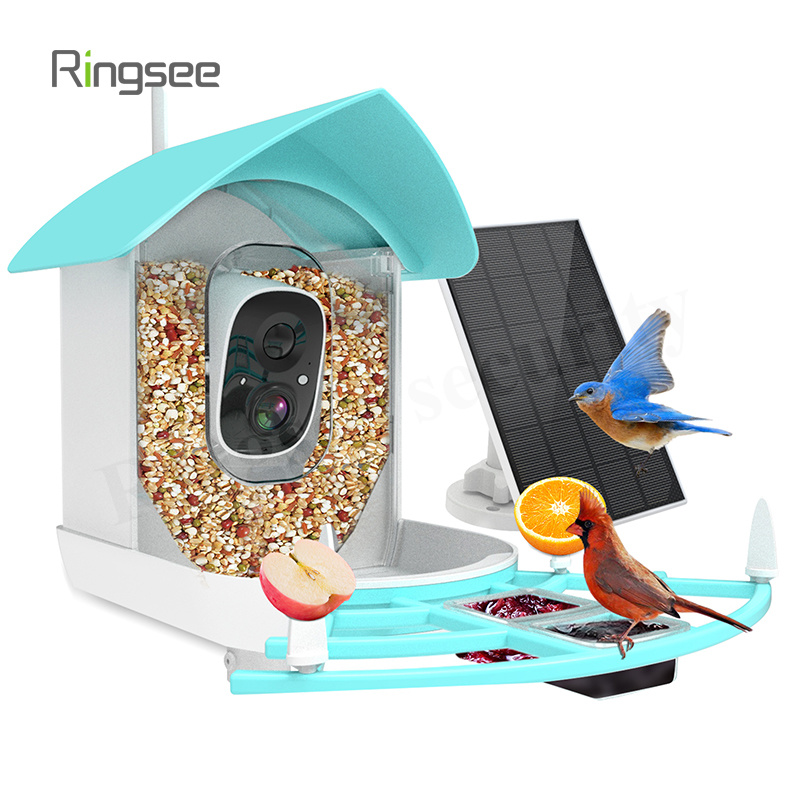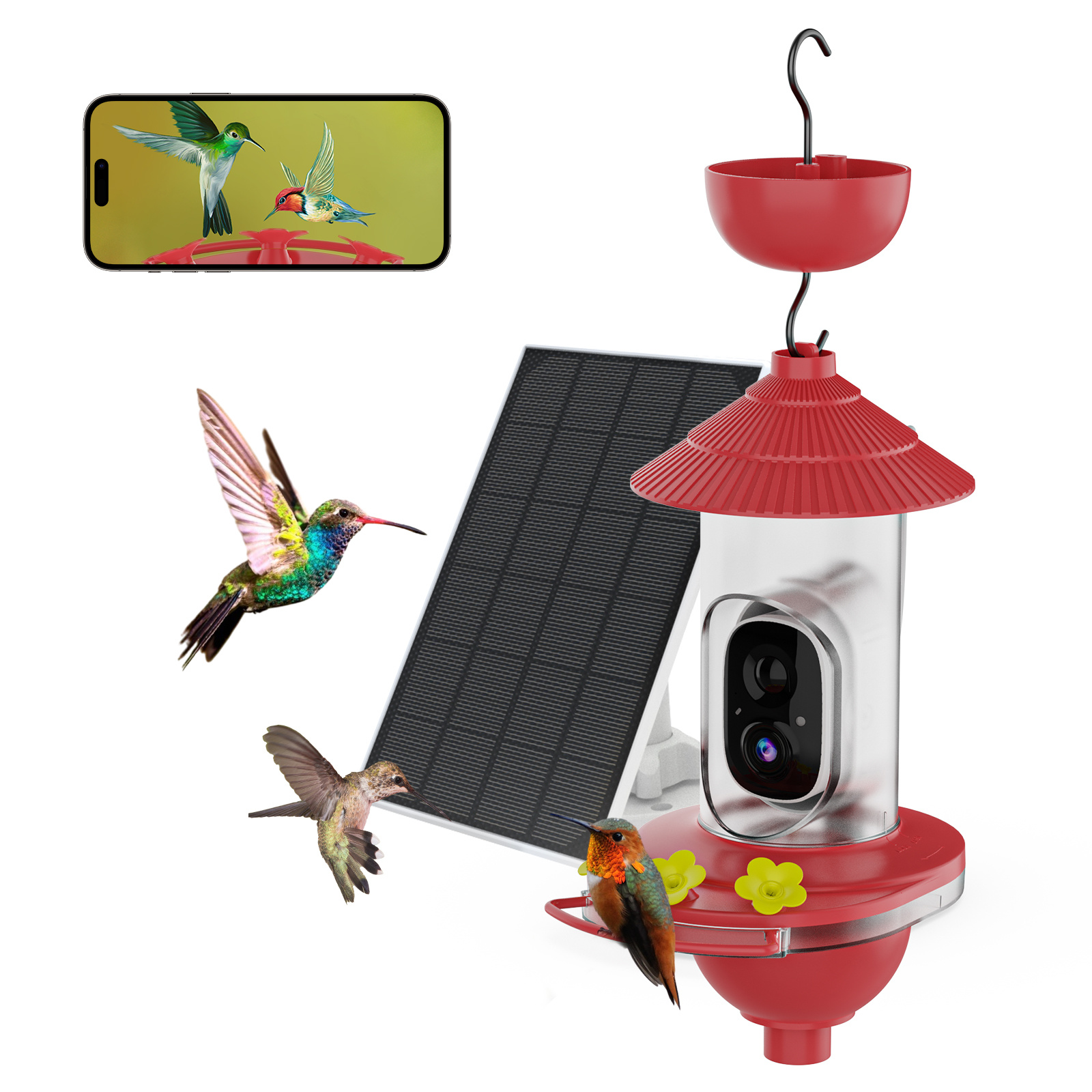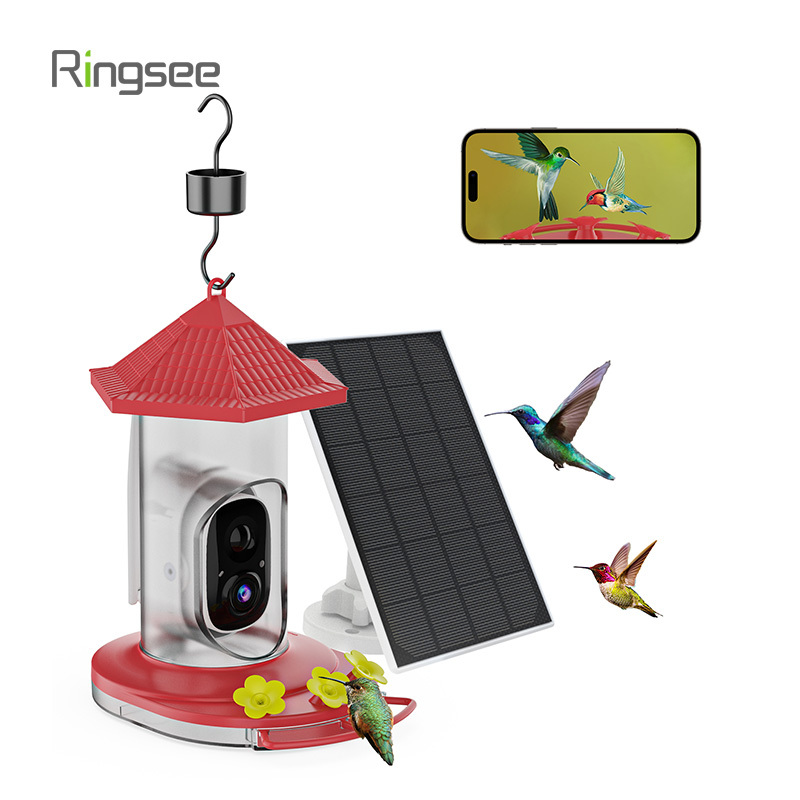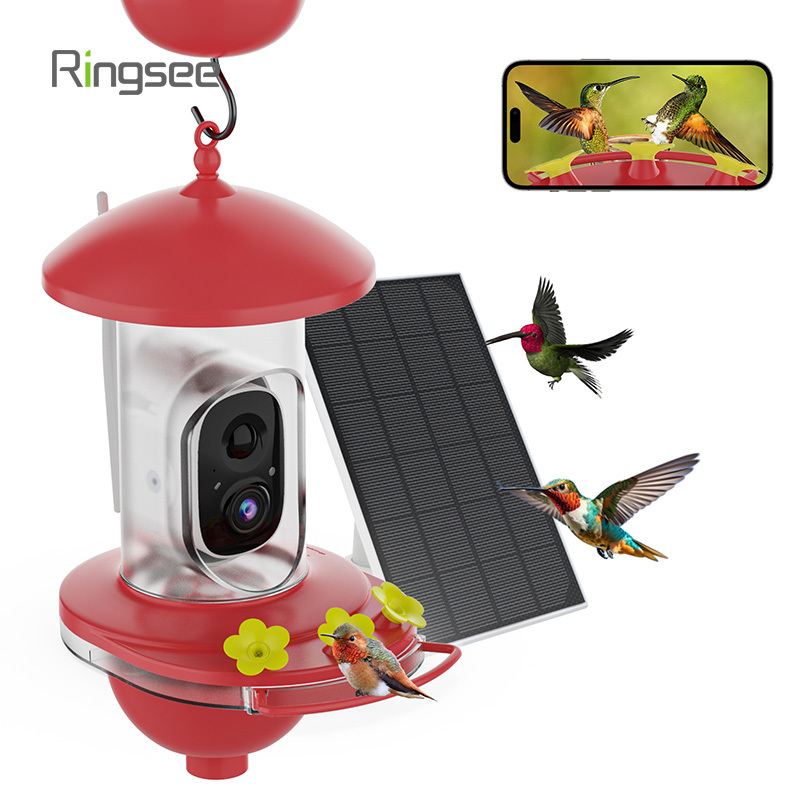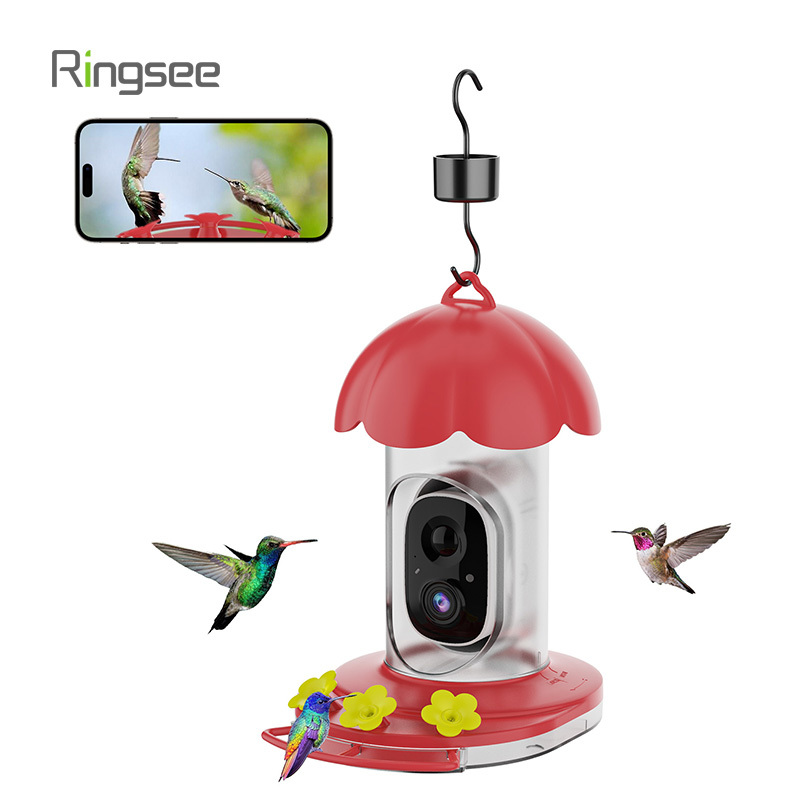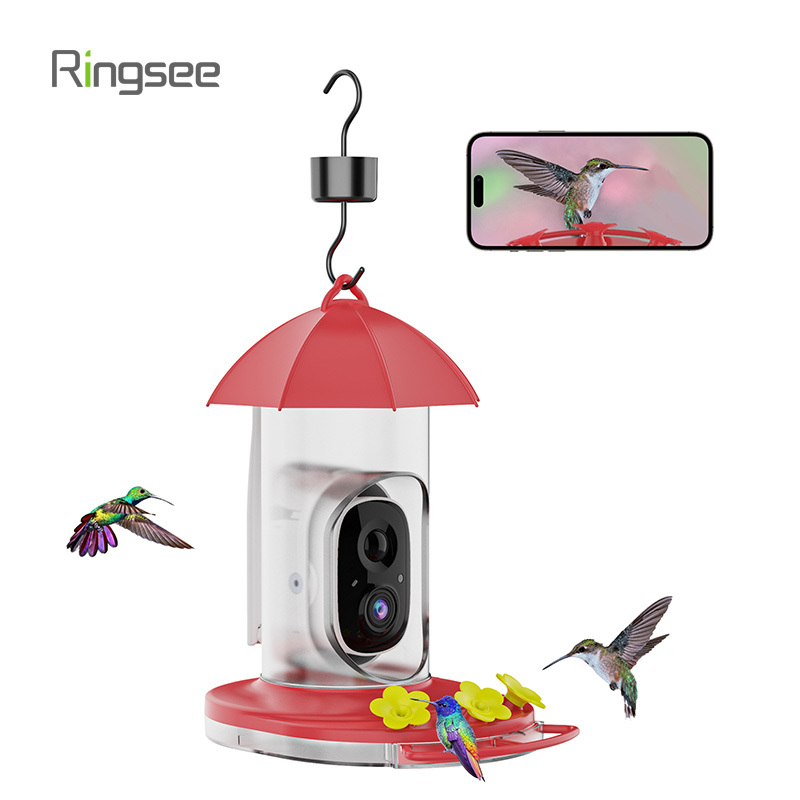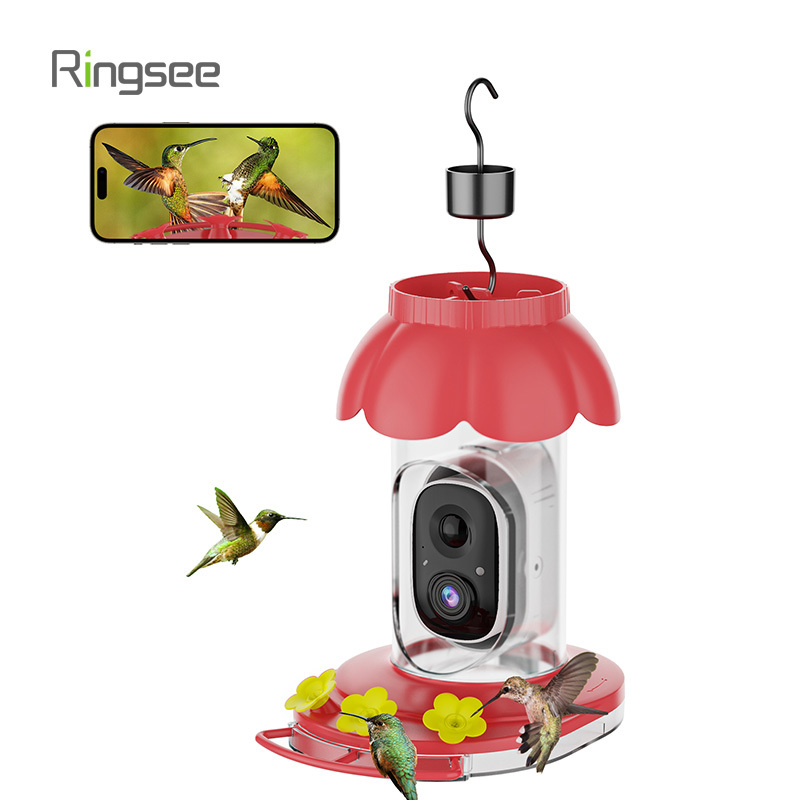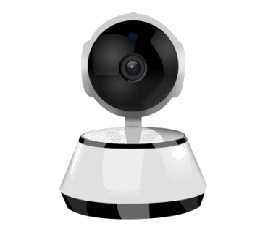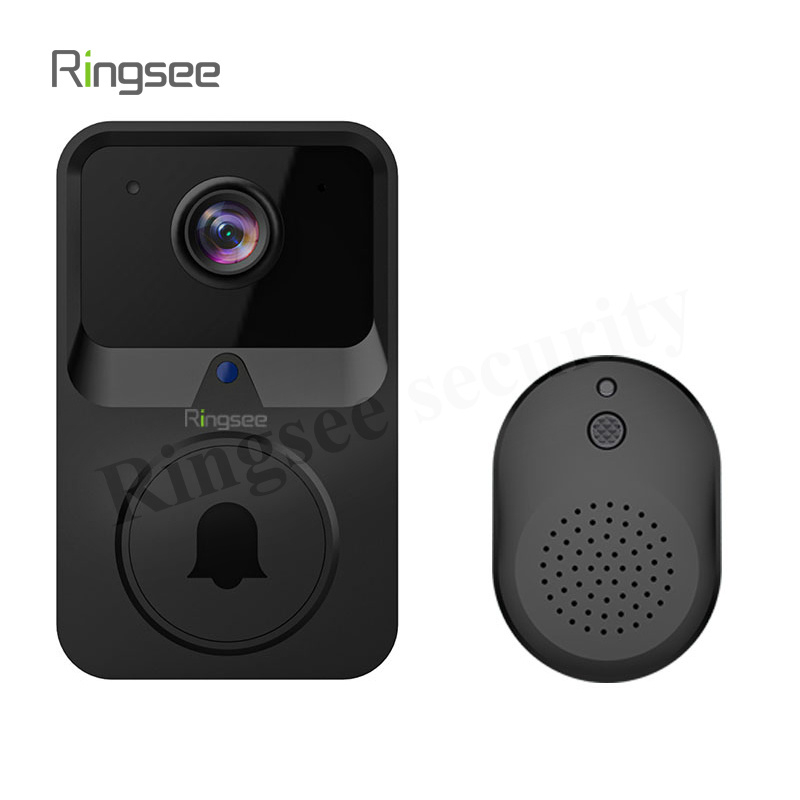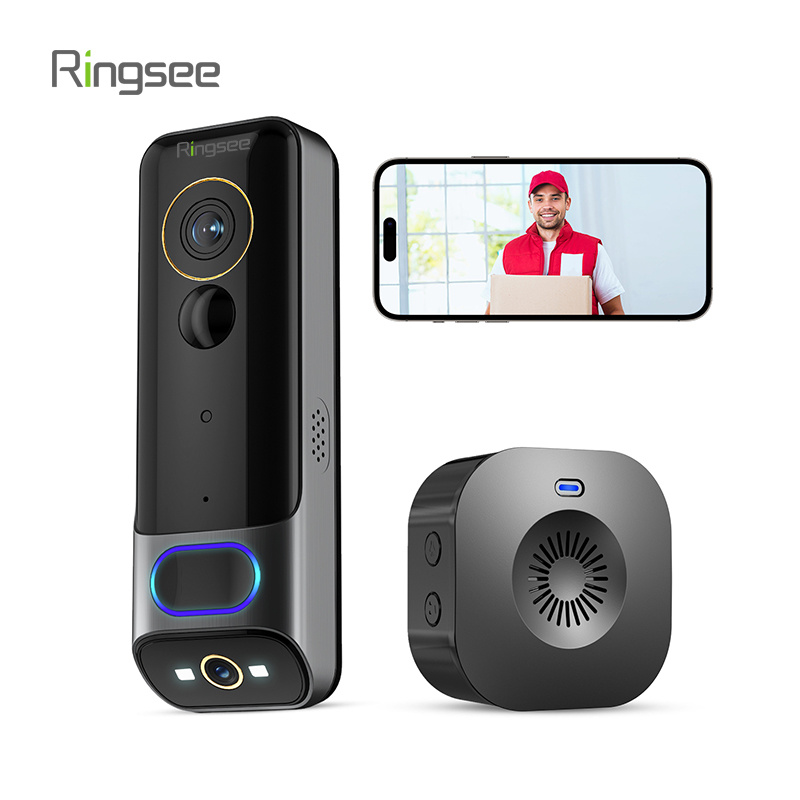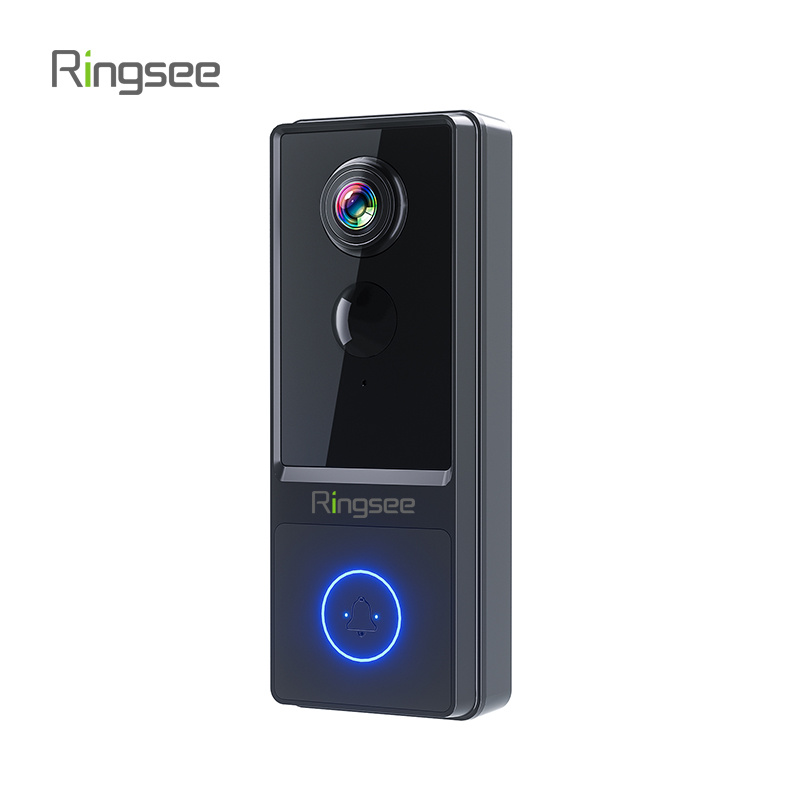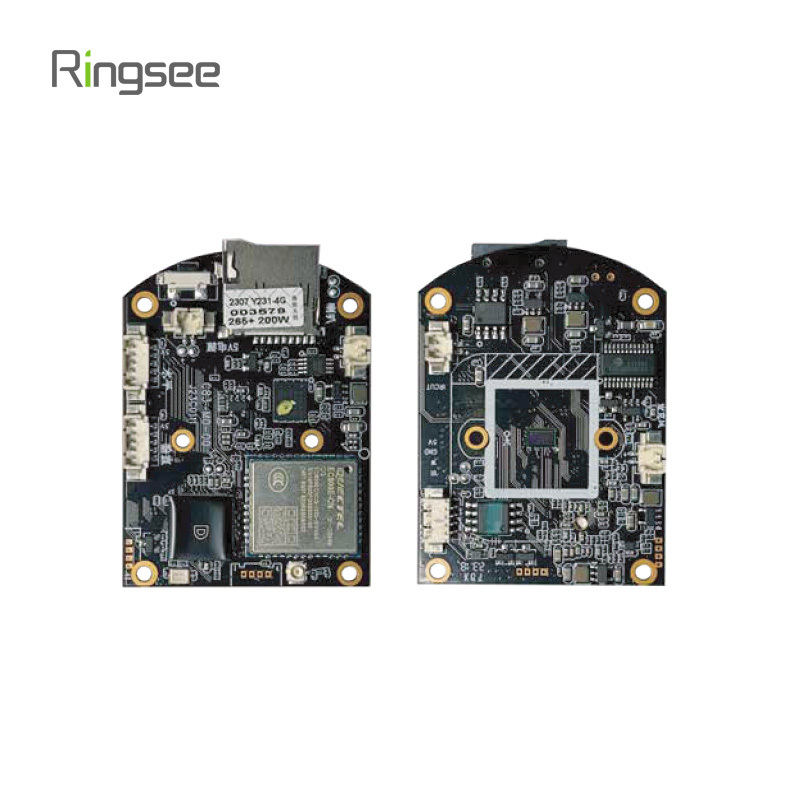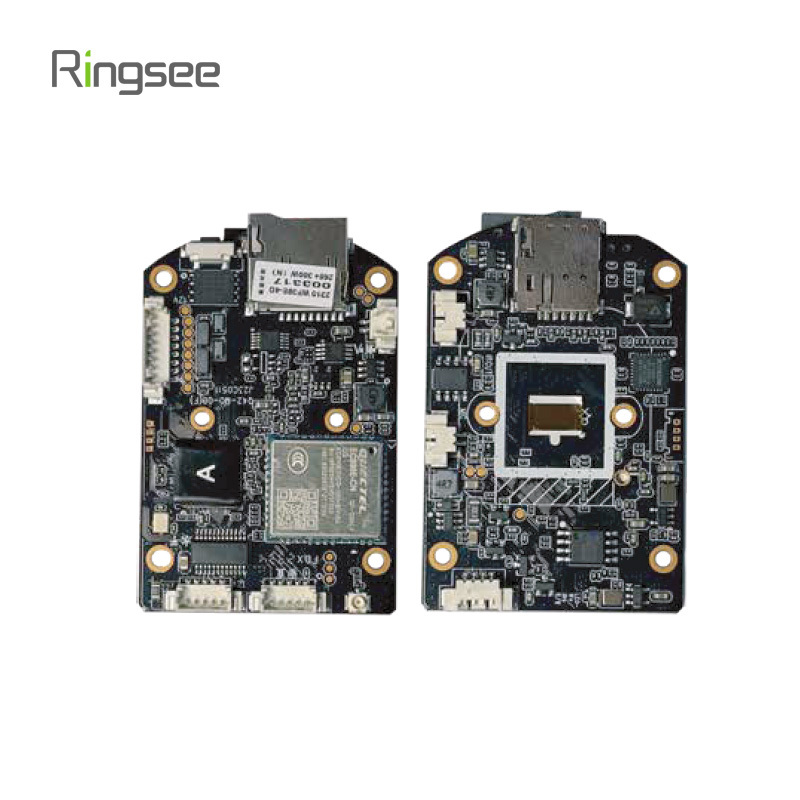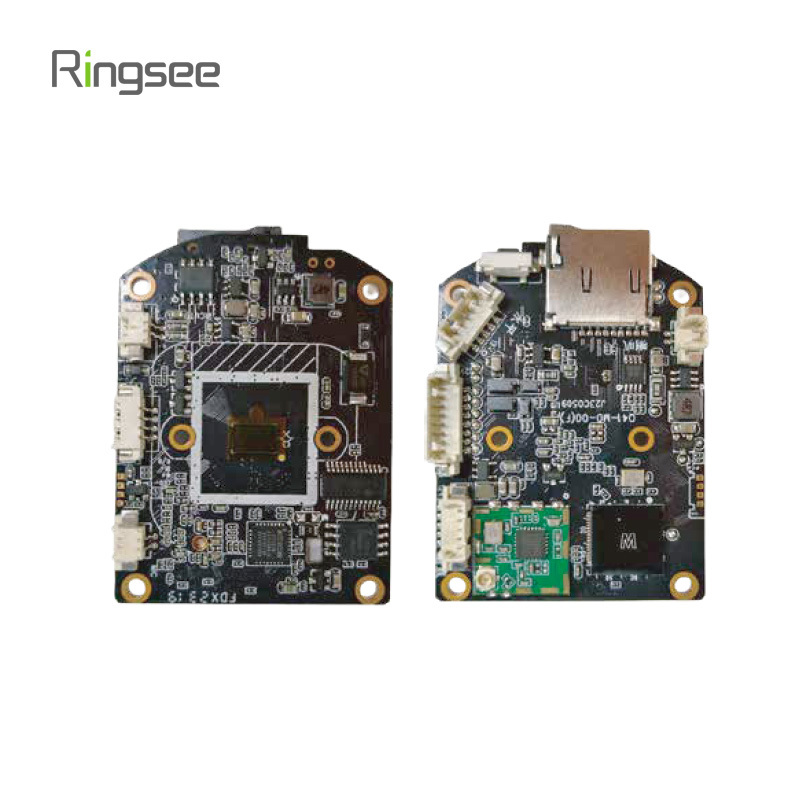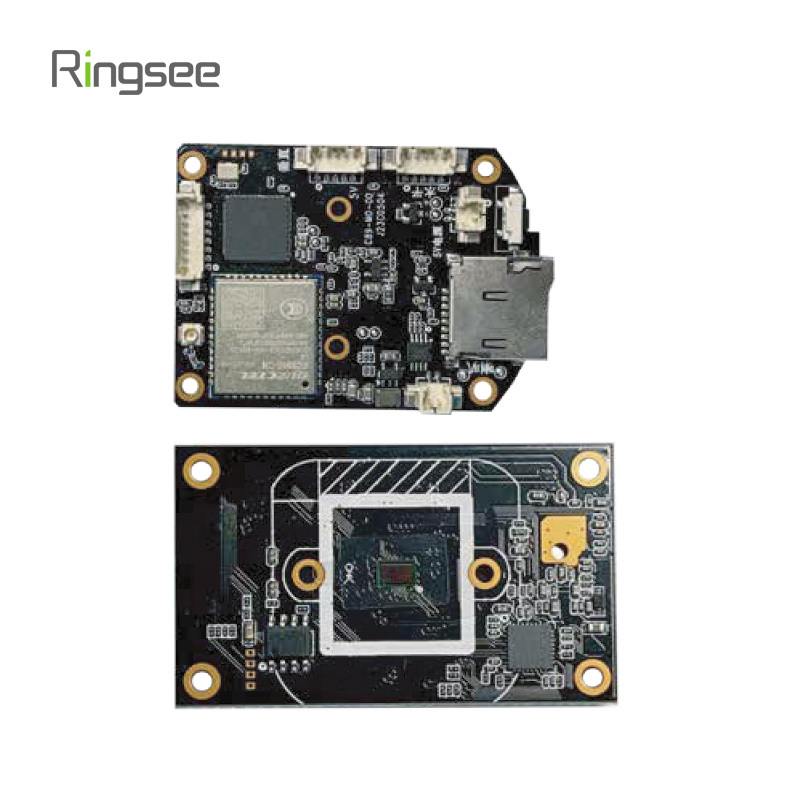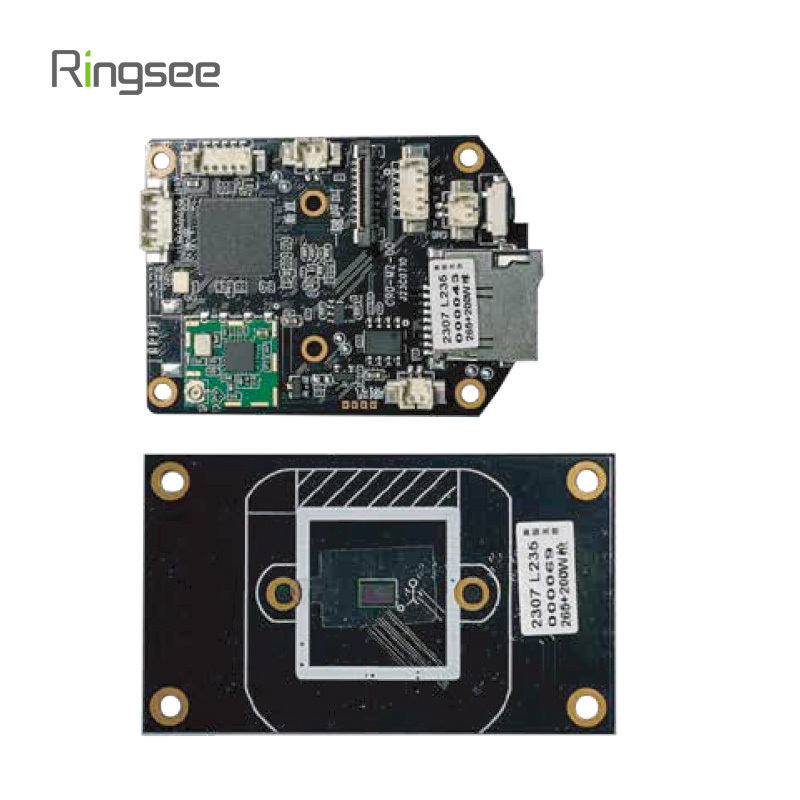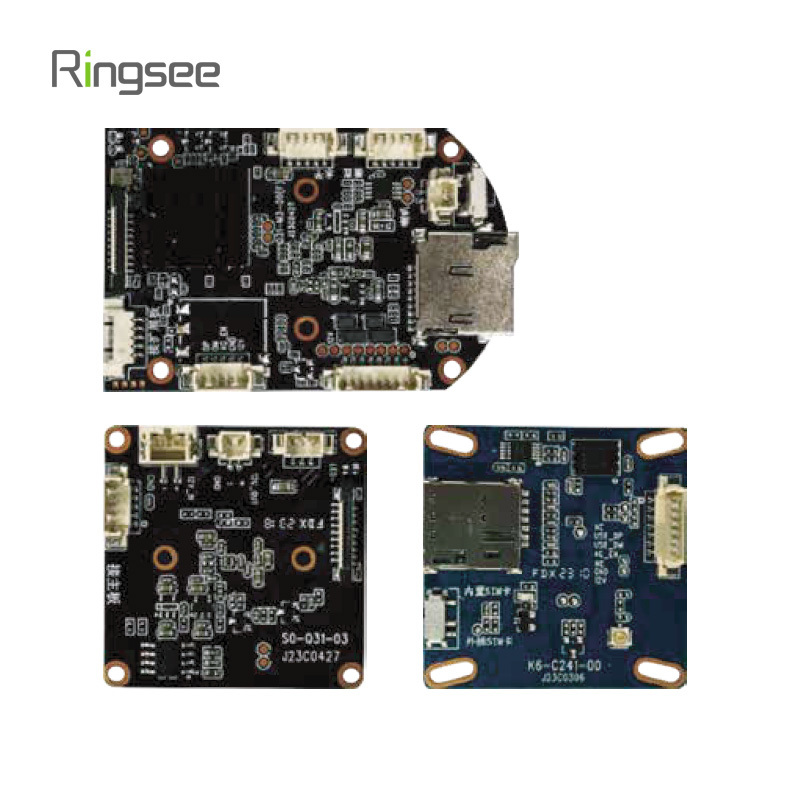Why 4G Solar Security Cameras Are the Best Choice for Remote Surveillance in 2025
Publish:
2025-06-05 11:06
Source:
https://www.ring-see.com
In many places, setting up security cameras is straightforward—connect to WiFi, plug into power, and you’re good to go. But what if you’re on a farm, at a construction site, or managing property far from reliable infrastructure?
This is where 4G solar-powered security cameras come in. They don’t rely on electricity or internet cables. Instead, they run on solar energy and connect to the mobile network using a SIM card. That means you can install them virtually anywhere—fields, rural roads, warehouses, or even temporary work zones—without laying a single cable.

No WiFi? No Problem: Why 4G Connectivity Matters
Unlike WiFi security cameras that need a fixed broadband connection, 4G models tap into mobile networks—just like your smartphone does. This makes them perfect for remote areas where internet access is unreliable or unavailable.
Most models today, including those from Ringsee, support full Netcom, which means they’re compatible with SIM cards from most major carriers around the world. Once installed, you can check the live feed, receive motion alerts, and review recorded footage via an app—no matter where you are.
Powered by the Sun: Clean Energy, Lower Maintenance
Power outages are common in rural zones, and running power lines can be costly or even impossible. Solar-powered security cameras solve this by using high-efficiency solar panels and built-in rechargeable batteries. Once charged, the camera can run for days—even during cloudy weather.
Some models also include MPPT charging technology, which maximizes energy conversion and protects the battery from overcharging. It's a smart solution for places where maintenance access is limited and reliability is essential.
What’s Inside: Camera Technology That Actually Matters
Not all security cameras are created equal. Here’s what to look for in a 4G solar security camera, and how newer models are improving performance:
Video resolution: Many cameras now offer 2K or 4MP resolution for better clarity, even when zoomed in.
Night vision: Infrared (IR) and full-color night vision are becoming standard, helping you see more detail in low-light conditions.
Compression: H.265 video encoding reduces storage and data usage without compromising quality.
Storage options: Most models support both SD card recording and encrypted cloud backup.
Ringsee's newer models, for instance, also include wide dynamic range (WDR) to handle tricky lighting conditions, such as shadows and direct sunlight in the same scene.
Smarter Surveillance with AI Motion Detection
Traditional motion sensors tend to trigger alerts for every breeze or animal passing by. AI changes that. Today’s 4G solar cameras come with AI-based motion detection that can tell the difference between a person, a tree branch, or a passing dog.
You can set activity zones to monitor specific areas and reduce false alerts. When movement is detected, the system instantly sends a push notification to your phone—so you don’t have to constantly monitor the feed yourself.
Quick Setup, Built to Last
One of the best things about a solar 4G camera is how easy it is to set up. There’s no need for drilling through walls or running power cables. You just mount the camera where you want it, angle the solar panel, pop in a SIM card, and it’s ready to go.
Most cameras are also designed to handle tough weather—IP65 or IP66 ratings mean they’ll keep working in rain, dust, and high heat. That makes them ideal for year-round outdoor use.
Who Uses These Cameras—and Why
4G solar-powered cameras are now used in a wide range of industries and scenarios. Some examples include:
Farms: To monitor livestock areas, gates, feed storage, and water tanks
Construction sites: For equipment protection and worksite monitoring
Vacation homes: Ideal for seasonal properties with no internet or power
Storage yards: For guarding parked vehicles, containers, and materials
Forests or orchards: Useful for watching over access roads or preventing theft
The flexibility of these cameras is a big reason why they’re becoming a go-to solution for off-grid security.
A Few Things to Consider Before You Buy
Not every solar camera will work for every use case. Here are a few things to check:
Battery capacity (larger is better for long rainy seasons)
Solar panel wattage and efficiency
Local cellular network compatibility
Cloud service costs or SD card limits
App quality and remote playback experience
Choosing a camera from a reliable manufacturer like Ringsee can help avoid common headaches, especially when you're managing multiple installations across regions or projects.
About Ringsee
Ringsee is a China-based manufacturer with over 15 years in the security camera industry. Known for combining solar technology, cellular communication, and intelligent video analytics, the company provides both standard and custom surveillance solutions for B2B partners globally.
They offer:
OEM & ODM services
Region-specific network module integration
Technical support and long-term supply chain stability
Final Thoughts
For anyone needing a reliable outdoor surveillance solution without power or internet, a 4G solar camera isn’t just a convenient alternative—it’s a practical, scalable, and cost-efficient answer.
With advancements in AI detection, solar battery efficiency, and mobile connectivity, it’s now easier than ever to set up professional-grade monitoring in places that used to be considered “off the grid.”
Prev:
Related News
Why 4G Solar Security Cameras Are the Best Choice for Remote Surveillance in 2025
In many places, setting up security cameras is straightforward—connect to WiFi, plug into power, and you’re good to go. But what if you’re on a farm, at a construction site, or managing property far from reliable infrastructure?
Jun 05,2025
How Lens Quality, Focal Length, and Image Processing Impact Security Camera Image Clarity
Discover how lens quality, focal length, and image processing influence the performance of outdoor security cameras. Learn how to choose the best surveillance system for sharper, high-resolution footage.
Jun 03,2025
Complete Guide to Security Camera Transmission Types: Wired, Wireless, and Beyond
When building or upgrading a modern surveillance system, one of the most critical technical decisions you’ll make involves choosing the right transmission type. This refers to how a security camera sends its video (and sometimes audio) signals to a recording device, monitoring station, or cloud platform.
May 30,2025
Digital Zoom vs. Optical Zoom in Security Cameras – Which One Should You Choose?
Learn the difference between digital zoom and optical zoom in security cameras. Find out which zoom type suits your surveillance needs and get expert advice from Ringsee.
May 29,2025
Why Sensor Quality Matters More Than Megapixels in Security Cameras: What You Really Need to Know
When choosing a security camera, most customers look at resolution first — 2MP, 5MP, even 4K. But here’s the truth: megapixels alone don’t guarantee better video quality. What actually determines how clear, detailed, and reliable your footage is — especially at night — is the sensor inside the camera.
May 27,2025
Add: 14th Floor, Baoshan Building, Longhua District, Shenzhen China.
Privacy Policy | SEO | CitySite | Support: 300.cn Dongguan
COOKIES
Our website uses cookies and similar technologies to personalize the advertising shown to you and to help you get the best experience on our website. For more information, see our Privacy & Cookie Policy
COOKIES
Our website uses cookies and similar technologies to personalize the advertising shown to you and to help you get the best experience on our website. For more information, see our Privacy & Cookie Policy
These cookies are necessary for basic functions such as payment. Standard cookies cannot be turned off and do not store any of your information.
These cookies collect information, such as how many people are using our site or which pages are popular, to help us improve the customer experience. Turning these cookies off will mean we can't collect information to improve your experience.
These cookies enable the website to provide enhanced functionality and personalization. They may be set by us or by third-party providers whose services we have added to our pages. If you do not allow these cookies, some or all of these services may not function properly.
These cookies help us understand what you are interested in so that we can show you relevant advertising on other websites. Turning these cookies off will mean we are unable to show you any personalized advertising.

